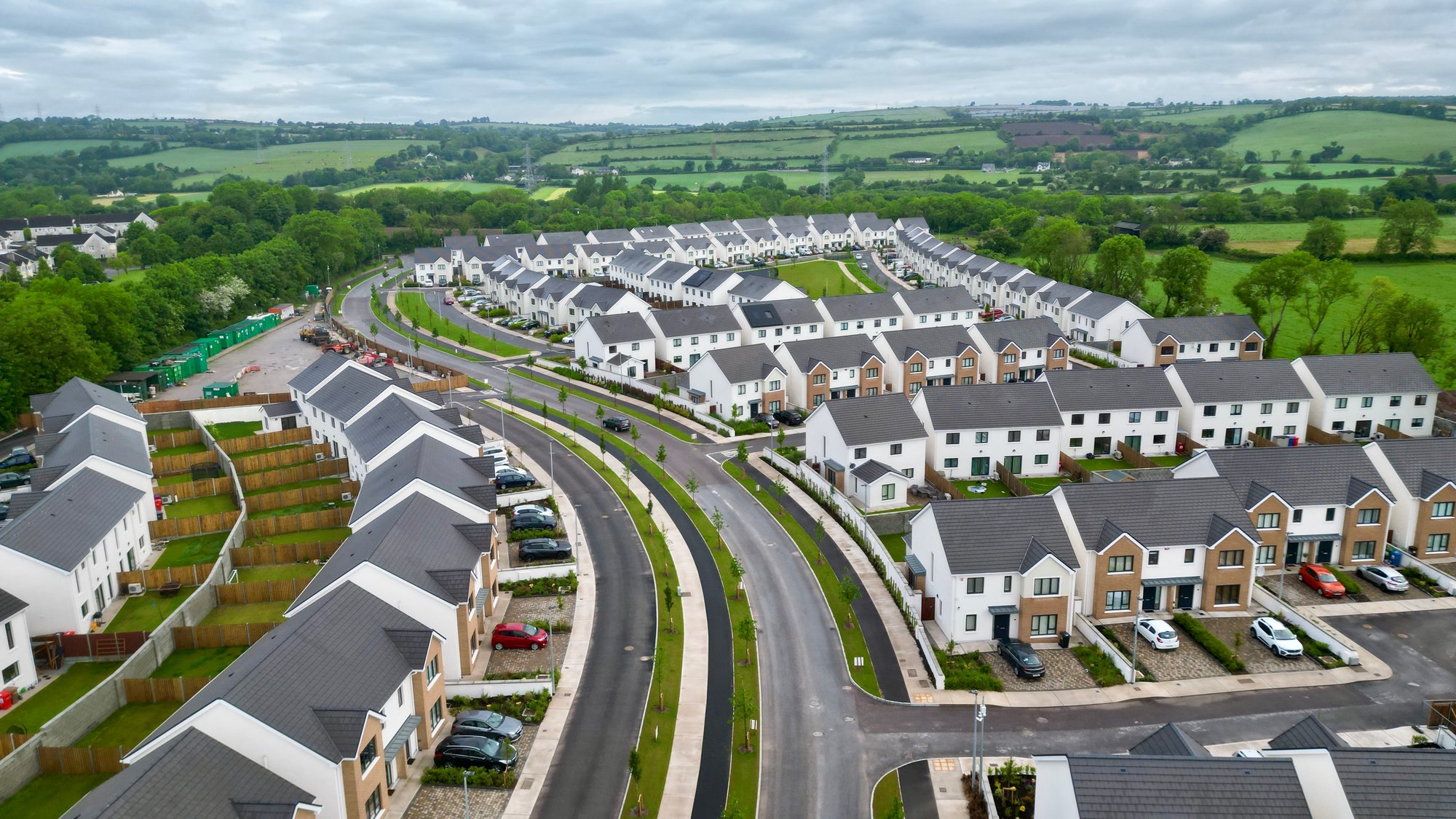You’ve heard of the Green Belt. But what about the Grey Belt?
It may not roll off the tongue like its better-known cousin, but the Grey Belt could hold the keys to unlocking one of the UK’s most persistent problems: the housing crisis.
Wait... What's the Grey Belt, Again?
We once thought that the Grey Belt referred only to poor-quality or underused land within the Green Belt - often brownfield sites, surface car parks, disused industrial estates, or awkward slivers of land that don’t contribute much to the openness of the countryside. In other words, it's land that’s neither green nor pleasant, but sits protected by designation and convention.
Now that policy and guidance around this new concept is fully developed, we can see that the impact of the Grey Belt policy on the Green Belt is likely to be more widespread and could really help to deliver the new housing that our country needs.
Why Now?
-
The UK government has committed to building 1.5 million new homes by 2030. It’s an ambitious target, and it’s clear that relying solely on city densification and previously identified brownfield sites won’t get us there.
The accepted understanding of our country is that we’re an urban island, and that surrounding our cities is a biodiverse green wilderness that is constantly under attack from those who want to pave our paradise. The reality is that only 8.7% of our country is already built on (when you remove parks and gardens from this, the figure drops to around 5%).
Meanwhile, 12.5% of the country is Green Belt, surrounding just 16 of our major built up areas. Far from being a biodiverse wilderness, the majority of the Green Belt (65%) is agricultural land which provides very little amenity or biodiversity value.
Earlier this year, the Centre for Cities released a report stating that just 3.7% of Green Belt land around England’s cities would be enough to build 2.1 million homes. Within that, much of the land is already developed or of low environmental quality - aka, classic Grey Belt territory.
This isn’t about paving over rolling hills. It’s about rethinking land use to prioritise housing where infrastructure already exists. Schools, train stations, hospitals… these aren’t being built in the middle of nowhere. They're in the suburbs. So why are we limiting new homes to spaces that are either unaffordable or unconnected?

The Opportunity for Developers
-
For developers and planners, the Grey Belt represents a rare confluence of potential:
- Softer policy push: Local authorities, under more pressure to meet recently increased housing targets, are now required to review Green Belt boundaries or and identify what they see as Grey Belt sites.
- Infrastructure advantage: Unlike remote greenfield sites, Grey Belt land is often close to existing transport links and services - indeed one of the requirements of developing a Grey Belt site is that you demonstrate that it’s in a ‘sustainable location’.
- Public sentiment shift: There's growing recognition that not all protected land is created equal, and that smart development can be a force for good.
But finding these sites? That’s the hard part.
Or at least it was.
Finding the Signal in the Noise
Traditionally, assessing land for development potential in the Grey Belt has involved weeks of research, wading through policy documents, satellite imagery, and a lot of guesswork.
That’s where LandInsight’s new ‘Quick Insights’ feature comes in. It gives you an instant read on a site’s potential - planning constraints, ownership, comparables and more - helping you spot those hidden opportunities faster than ever.
When timing is everything, having fast, accurate site intelligence could be what sets you apart.
What's Next?
Grey Belt land won’t solve the housing crisis on its own. But it’s a significant piece of the puzzle; one that’s been hiding in plain sight.
If we’re serious about delivering 1.5 million homes, we need a smarter, more strategic approach to land use. That starts with data - and ends with bold decisions.
Want to Dive Deeper?
Our new white paper, A Data-Led Approach to Delivering 1.5 Million Homes, breaks down the numbers, policy shifts, and practical strategies needed to unlock new development opportunities, including the role of the Grey Belt.

